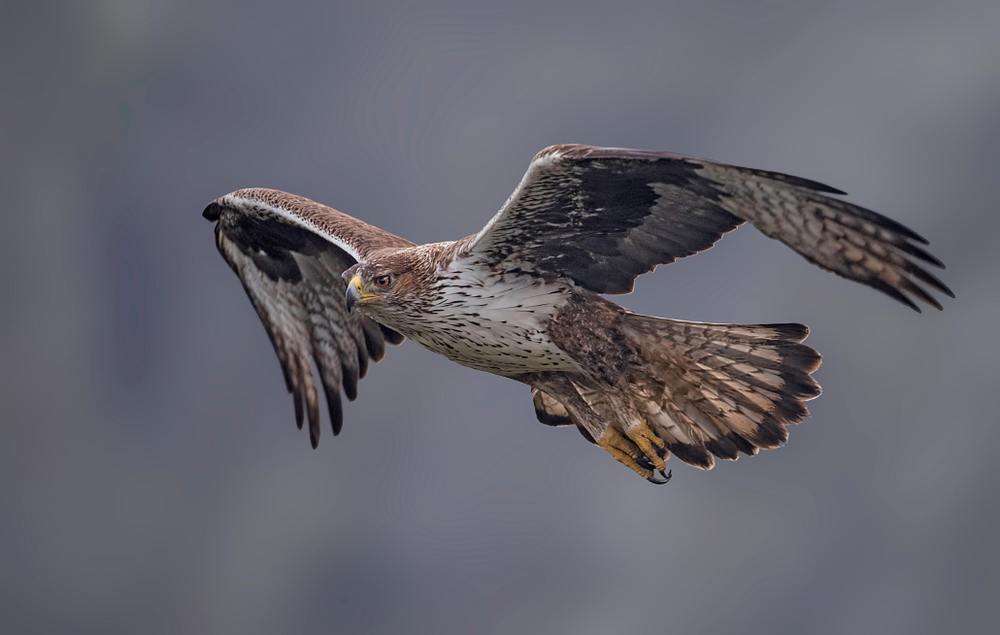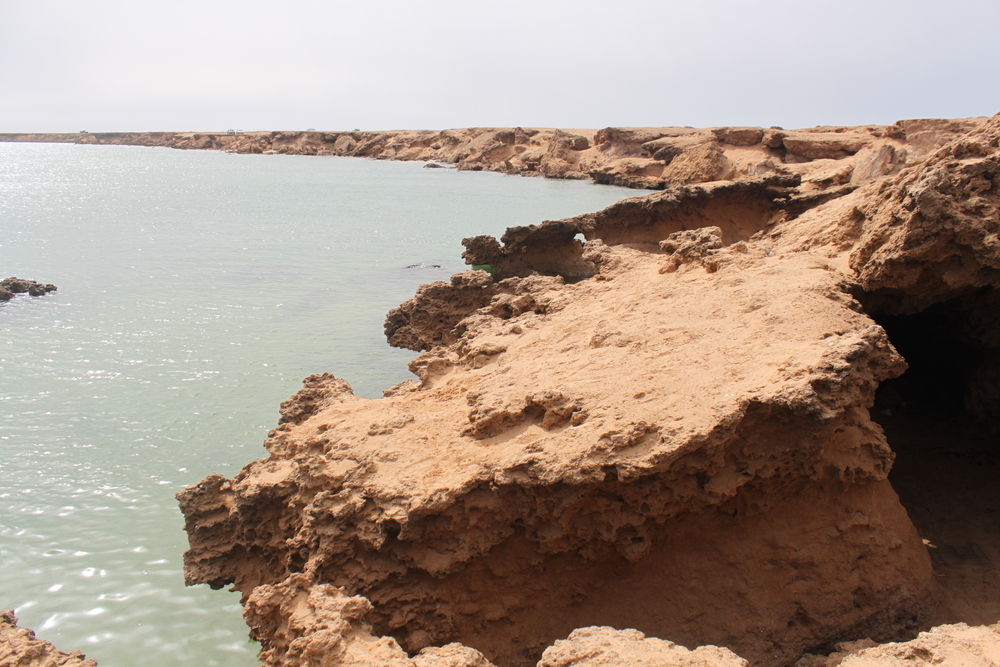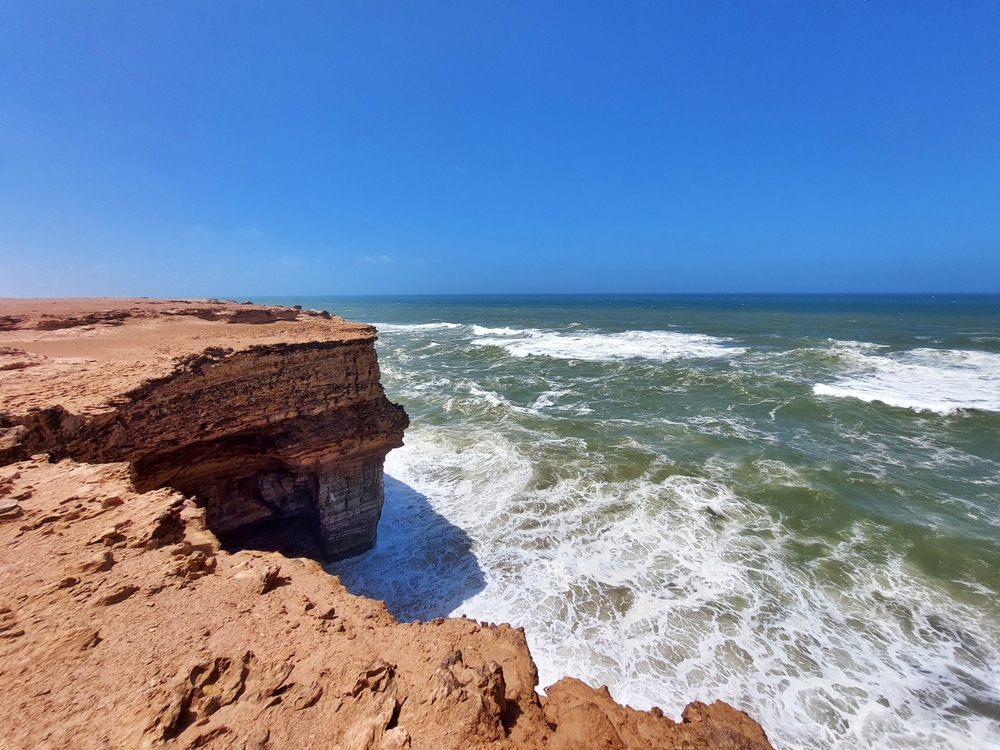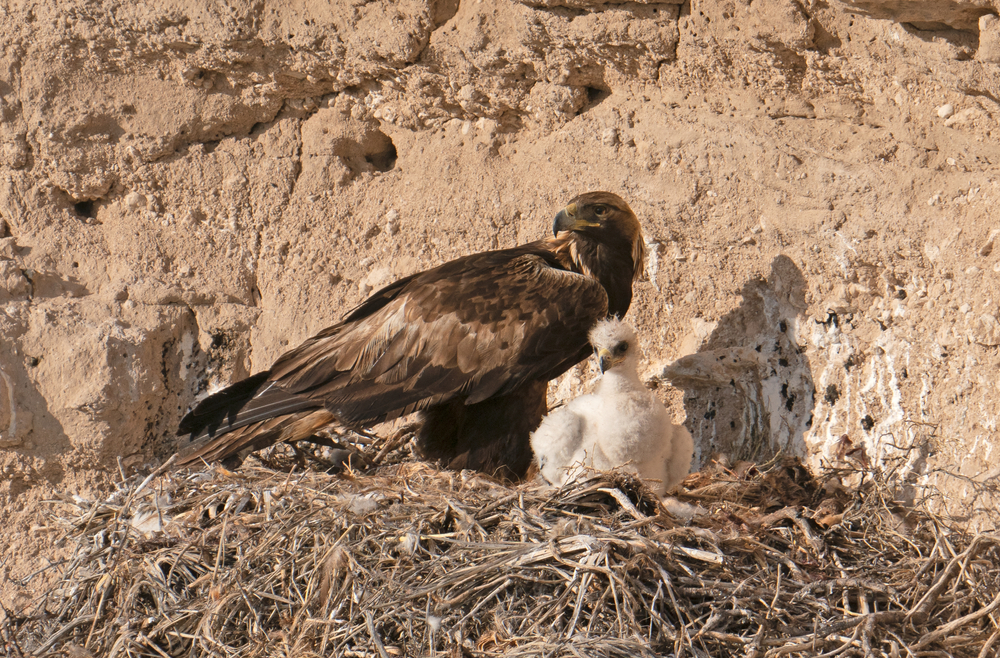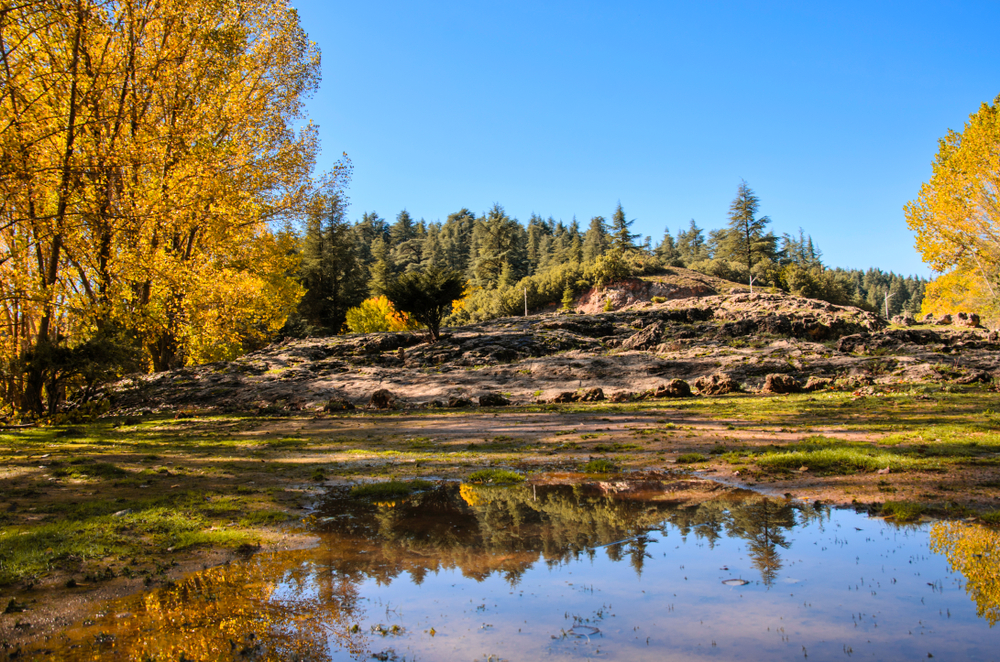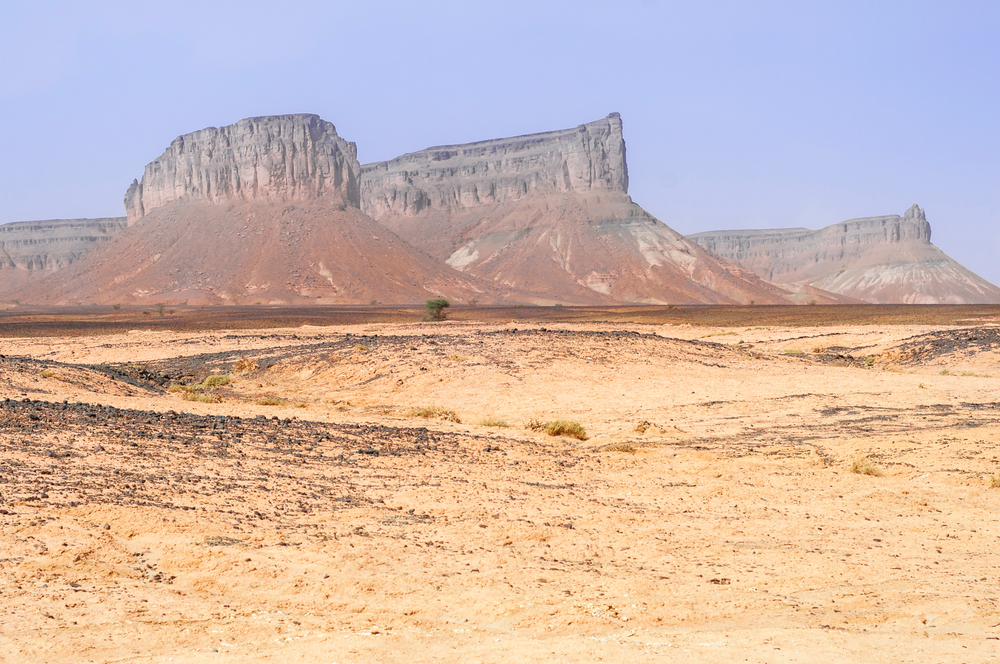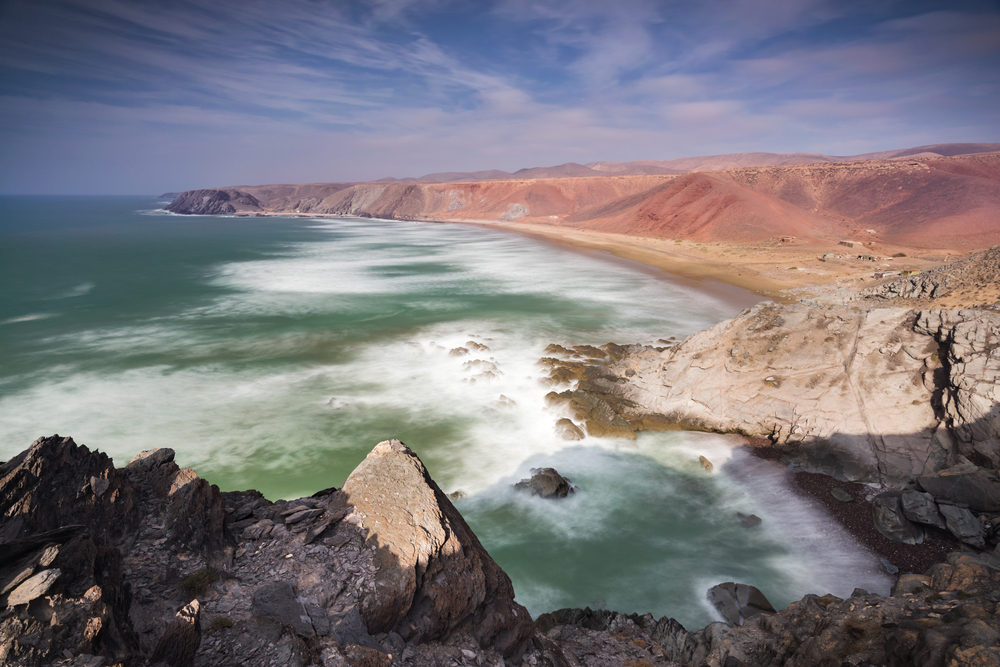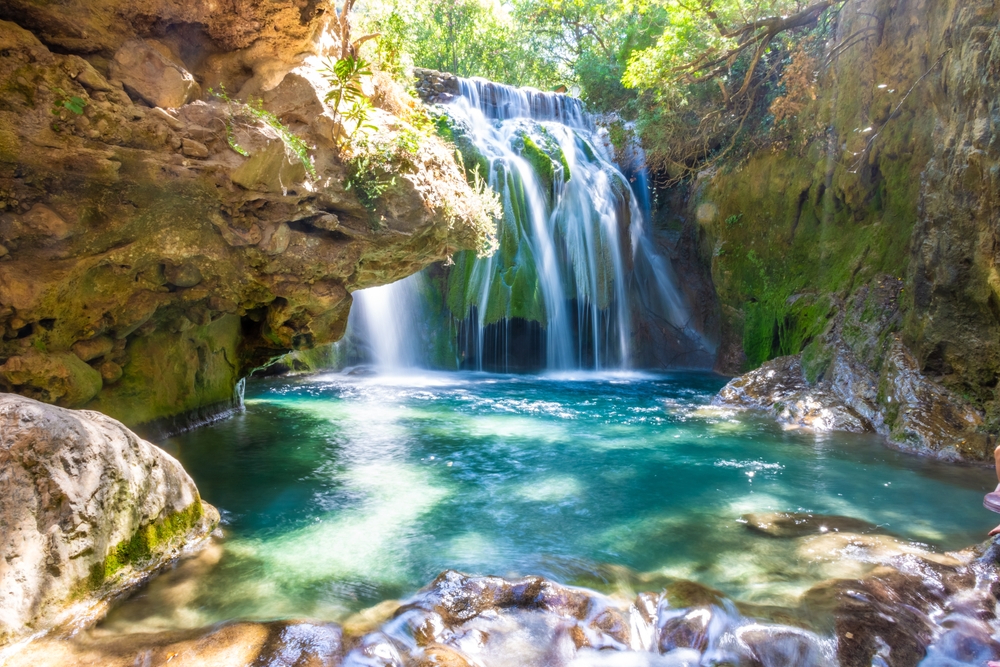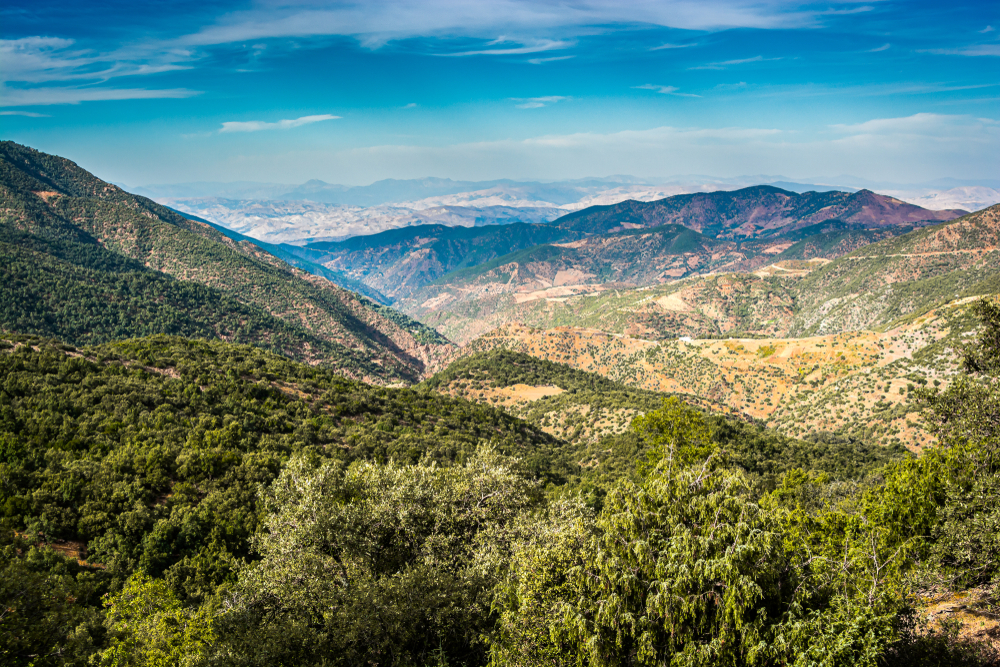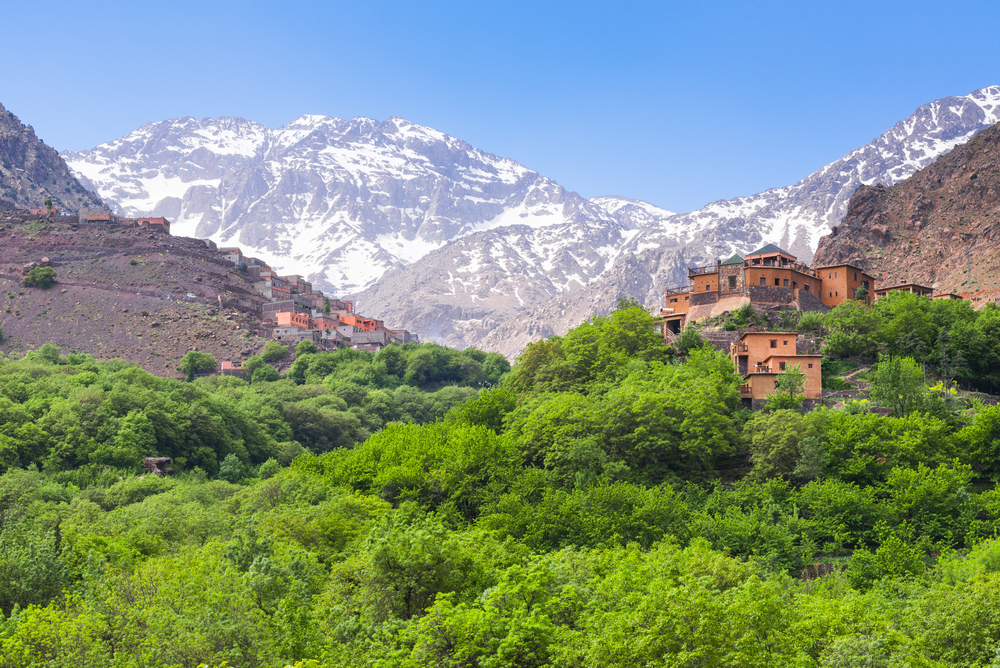Morocco is home to a remarkable network of national parks that protect its diverse landscapes and wildlife. These official parks, spread across the country, offer an array of ecosystems, from the towering peaks of the High Atlas Mountains to the sweeping dunes of the Sahara and the pristine shores of the Mediterranean. Established to safeguard Morocco’s natural heritage and promote sustainable tourism, these parks are essential for preserving biodiversity and supporting local communities.
One of the most popular national parks is Toubkal National Park, located in the High Atlas Mountains. It is the oldest national park in Morocco, encompassing the country’s highest peak, Mount Toubkal, which rises to 4,167 meters (13,671 feet). The park features dramatic mountain terrain, alpine meadows, and terraced valleys, offering a haven for wildlife such as Barbary sheep and golden eagles. Toubkal is a favorite destination for hikers and mountaineers, with trails leading to breathtaking viewpoints and traditional Berber villages that showcase the region’s rich cultural heritage.
Another notable park is Al Hoceima National Park, situated along Morocco’s Mediterranean coast. Combining terrestrial and marine environments, the park is renowned for its rugged cliffs, sandy beaches, and crystal-clear waters. It provides critical habitats for species like the endangered Mediterranean monk seal and numerous migratory birds. Visitors can explore the park through coastal hikes, snorkeling, and cultural tours in nearby villages, making it a prime destination for eco-tourism.
Ifrane National Park, in the Middle Atlas Mountains, is another prominent park celebrated for its cedar forests and high-altitude lakes. Known as “Little Switzerland” for its alpine-like landscapes, Ifrane is home to Barbary macaques, diverse bird species, and vibrant wildflowers in the spring. The park attracts visitors year-round for hiking, birdwatching, and enjoying its serene natural beauty.
Despite their importance, Morocco’s national parks face conservation challenges. Overgrazing, deforestation, and habitat fragmentation threaten ecosystems, while climate change exacerbates pressures on water resources and biodiversity. However, there have been notable successes. Reforestation projects in parks like Ifrane have restored degraded landscapes, and sustainable tourism initiatives in Toubkal and Al Hoceima have helped to balance ecological preservation with economic development. Conservation programs focusing on community involvement have fostered local stewardship and provided alternative livelihoods, reducing the strain on natural resources.
Morocco’s national parks are vital for protecting its diverse ecosystems and supporting the country’s environmental and cultural legacy. These parks not only safeguard endangered species and habitats but also offer visitors a chance to experience the natural beauty and cultural richness of Morocco. With continued conservation efforts and sustainable practices, these parks will remain treasures for future generations to explore and cherish.










































































